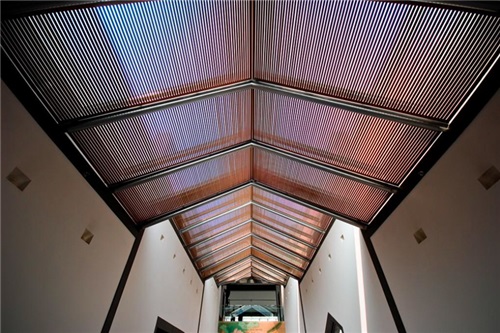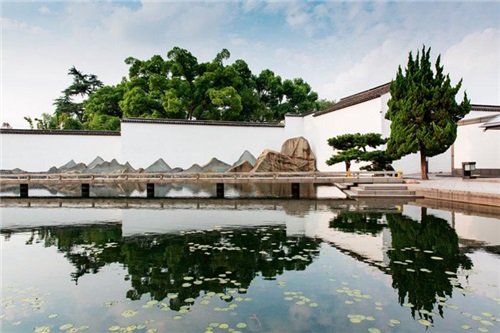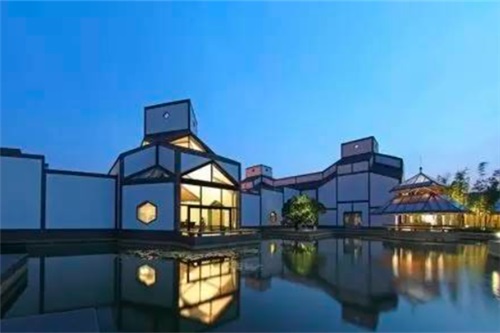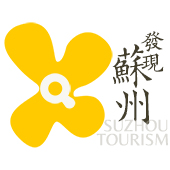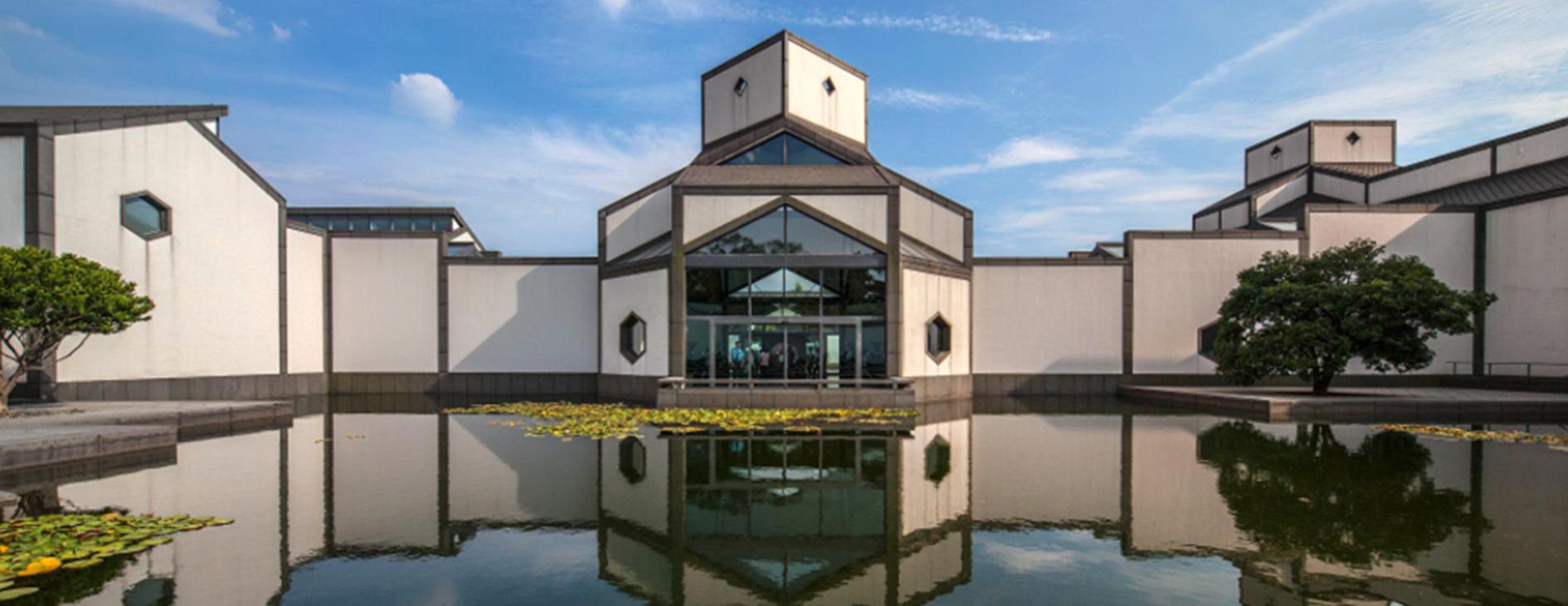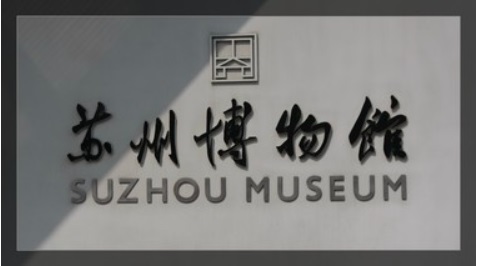
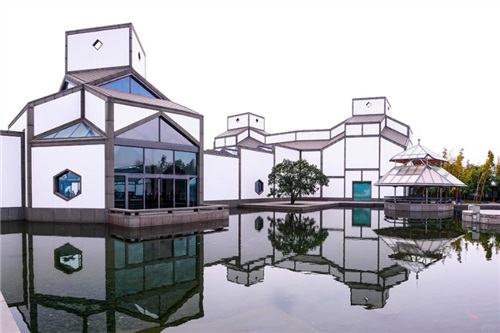
Address:204 Dongbei street, Gusu District, Suzhou
About Suzhou Museum
On October 6, 2006, the new Suzhou Museum was completed and officially opened to the public. The new Museum covers an area of about 10700 square meters, with a construction area of more than 19000 square meters. Together with the repaired Zhongwang mansion of Taiping Heavenly Kingdom, the total construction area is 26500 square meters, with an investment of 339 million yuan. It is a comprehensive museum integrating modern buildings, ancient buildings and innovative landscape architecture.
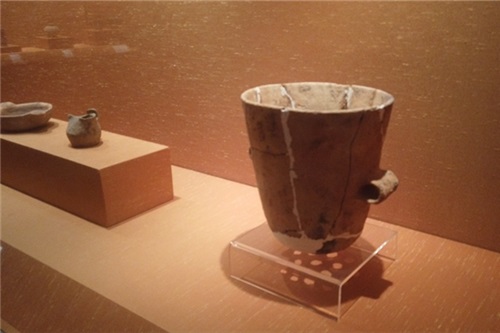
History of Suzhou museum
July 1958: preparation for Suzhou Geological Museum
January 1960, the geological museum and the 10th Anniversary Exhibition of Suzhou National Day merged to establish the Suzhou Museum.
March 1965, during the cultural revolution, Comrade Zhang Shugu was appointed director of Suzhou Museum.
1998, during the two sessions in Suzhou, some deputies to the National People’s Congress and members of the Chinese people’s Political Consultative Conference proposed to build a new Suzhou Museum.
1999, Suzhou municipal Party committee and government invited Chinese architect I.M. Pei to design the new Suzhou Museum.
April 30, 2002, the new museum design agreement was signed. The new Suzhou Museum is located in the historic district, close to the world cultural heritage Zhuozheng garden and the national key cultural relics protection unit Zhongwang mansion of Taiping Heavenly Kingdom. Specifically in the west of zhongwangfu, north of Dongbei street, east of Qimen road and south of zhuozhengyuan.
June 23, 2003, the State Administration of cultural relics approved the construction of the new Suzhou Museum.
October 6, 2006, the new Suzhou Museum was completed and officially opened to the public.
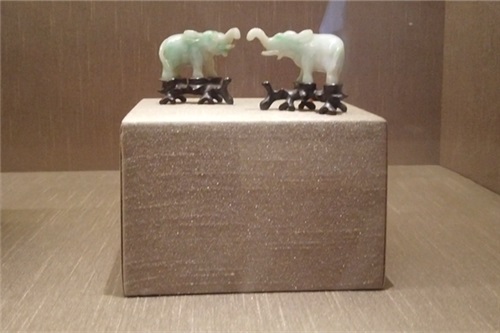
I.M. Pei, architect of Suzhou Museum
M. Pei, a Chinese American architect, is one of the most famous contemporary architects in the world. He has his own unique design concept and architectural design style, which leaves an indelible deep impression on people. Suzhou Museum is one of Mr. Bei’s representative works, and it is also his final work. At that time, I.M. Pei spent a lot of time on space treatment when designing Suzhou Museum, which made Suzhou museum do a good job in dealing with the surrounding architectural environment, the modeling structure itself and the material and light. Suzhou Museum has become a successful mixture of rationality, aesthetic feeling and modernization, which is a new symbol of Suzhou garden culture.

Architectural features
The characteristics of the new Suzhou Museum are as follows: the natural integration of architectural modeling and environment, the unique space treatment, the exquisite building materials and internal design, and the maximum introduction of natural light into the interior.
In terms of architectural structure, glass and steel structures allow modern people to borrow large areas of daylight indoors, and open steel structures replace the wood materials of traditional buildings. The design of roof form breaks through the constraints of daylighting of traditional Chinese architecture “big roof”. First of all, the glass skylight with three-dimensional geometry on the roof is unique. This paper uses the tiger skylight in traditional Chinese architecture for reference and improves it. The skylight is opened in the middle of the roof. In this way, the three-dimensional geometric skylight of the roof and the sloping roof under it form a corner, showing a three-dimensional modeling effect. It not only solves the practical problem of traditional architecture in daylighting, but also enriches and develops the roof modeling style of Chinese architecture.
The use of the roof and the surrounding stones of the white wall under it makes the overall style of the building unified. As far as the roof is concerned, if the traditional small green tiles are used, they are fragile and easy to leak, and need frequent maintenance. Their firmness, craftsmanship and flatness are difficult to meet the requirements of the new building. In order to coordinate the material and form, dark gray granite is used to replace the traditional gray tile. This kind of granite, called “China black”, is black with gray in the black. It is black after rain, and the color turns light to dark gray when the sun shines. The stone flakes are processed into rhombus and laid on the roof smoothly in turn, with a strong three-dimensional sense.
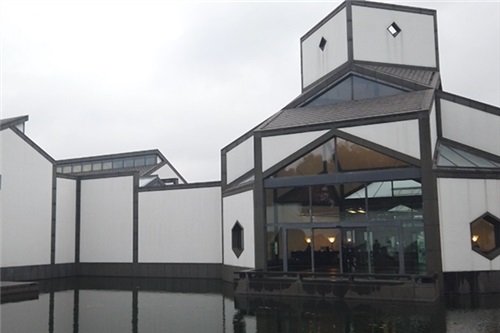
Exhibition hall distribution
The museum is formally divided into three parts. The central part is the entrance, hall and museum garden; the western part is the exhibition area; the eastern part is the modern art gallery, educational facilities, tea service and administrative functions, etc. this part will also become the actual channel connecting with the Zhongwang mansion. Prince Zhong’s mansion will be restored to its original appearance. As it is difficult for Zhongwang mansion to provide suitable exhibition space under the existing structure, it will be used as a window to display its rich architectural heritage and works of art, such as furniture and sculpture, which usually do not need high-end exhibition space. The hall is the core of the museum, located between the entrance vestibule and the museum garden. The eight corner hall is designed through geometric transformation and reinterpretation of traditional Suzhou architecture and Chinese architectural elements. It serves as a guide for all visitors and provides access to all exhibition areas of the museum.
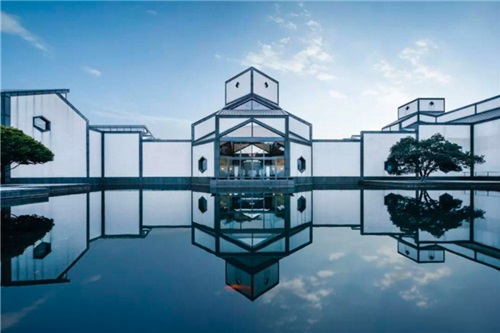
Artistic value
Suzhou Museum is a group of historical buildings of the Taiping Heavenly Kingdom which are well preserved in China. It has preserved more than 400 “Su style painting” and other important remains and art treasures of the Taiping Heavenly Kingdom period. Zhongwangfu painting is the representative of “Su style painting” in Qing Dynasty. It is rare in the south of the Yangtze River. It is an extremely precious cultural heritage in the treasure house of Chinese culture. The buildings, paintings and murals are of historical and artistic value.
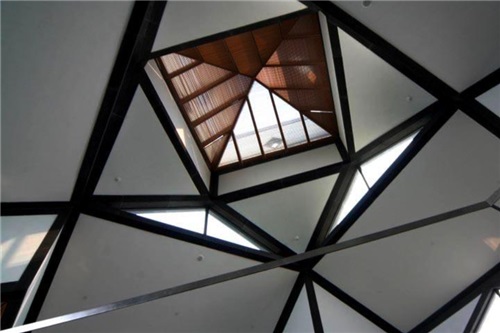
Cultural value
Suzhou Museum has a collection of more than 40000 pieces, featuring unearthed cultural relics, paintings and calligraphy of Ming and Qing Dynasties, as well as ancient crafts. It has a large number of “treasures left by Wu”. It is the most representative collection of Wu culture.
Ticket price: Free (appointment only)
Service facilities: luggage storage, mother and baby room, free hot water, free charging, free wheelchair (for library use only), free umbrella rental (for library use only)
Tips: Please visit Suzhou museum official website, official account of WeChat public and Suzhou Museum APP in advance one to seven days. Each valid ID card or passport must be reserved once a day, with a maximum of 6 people in real name.
